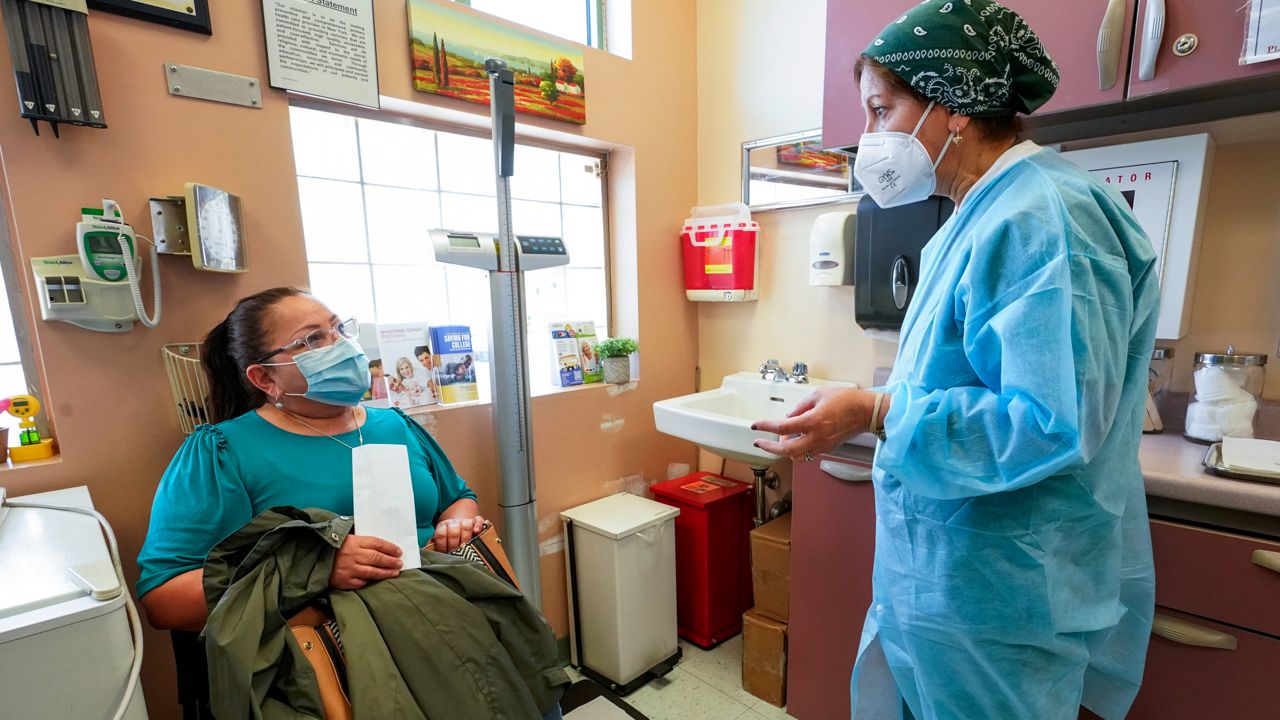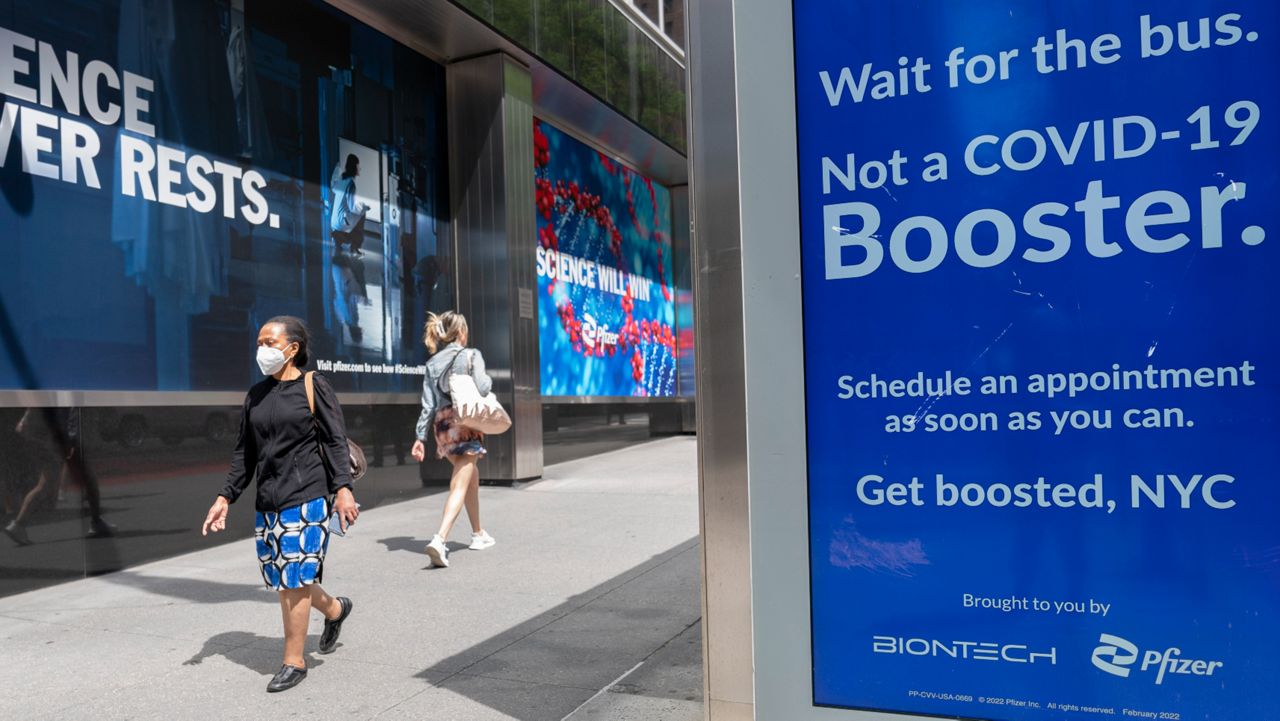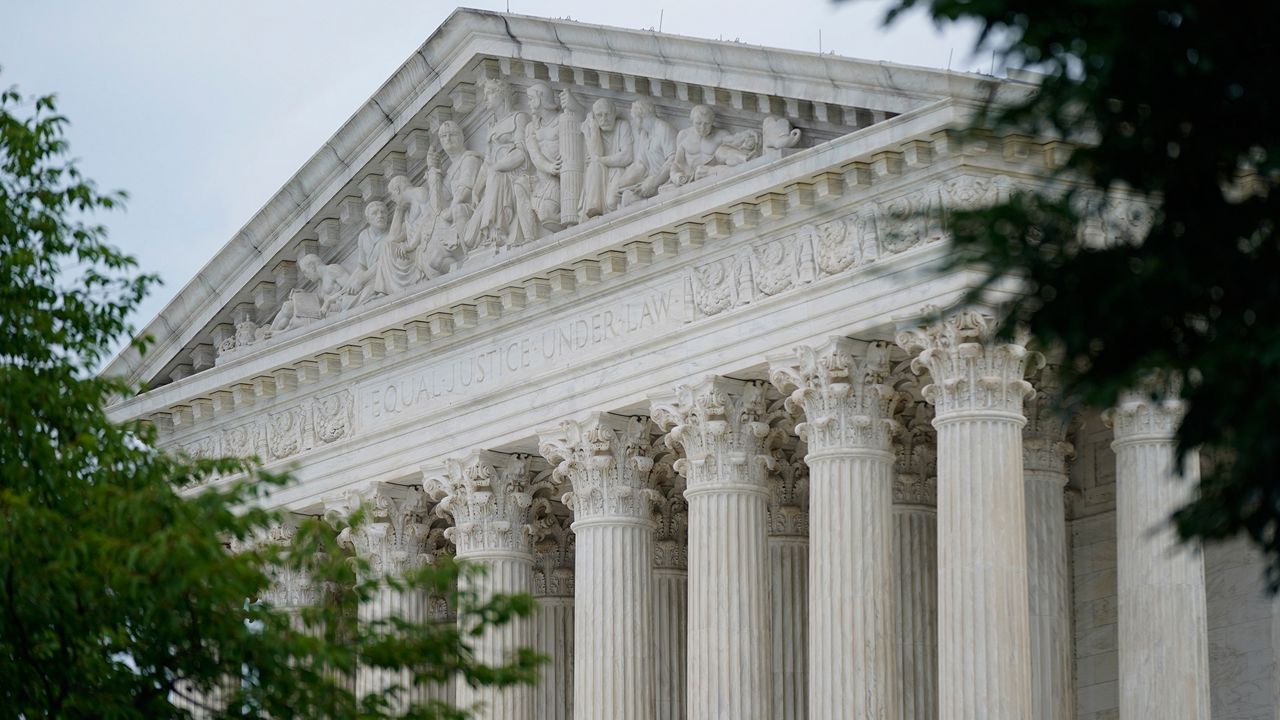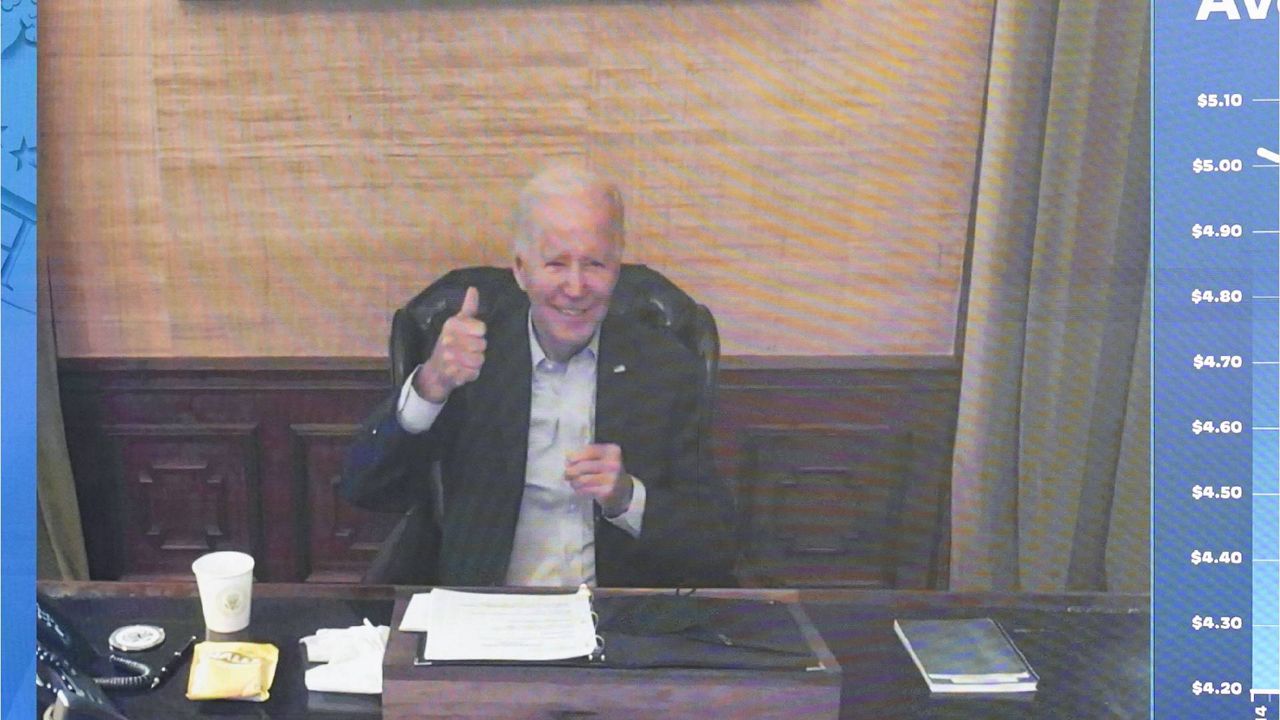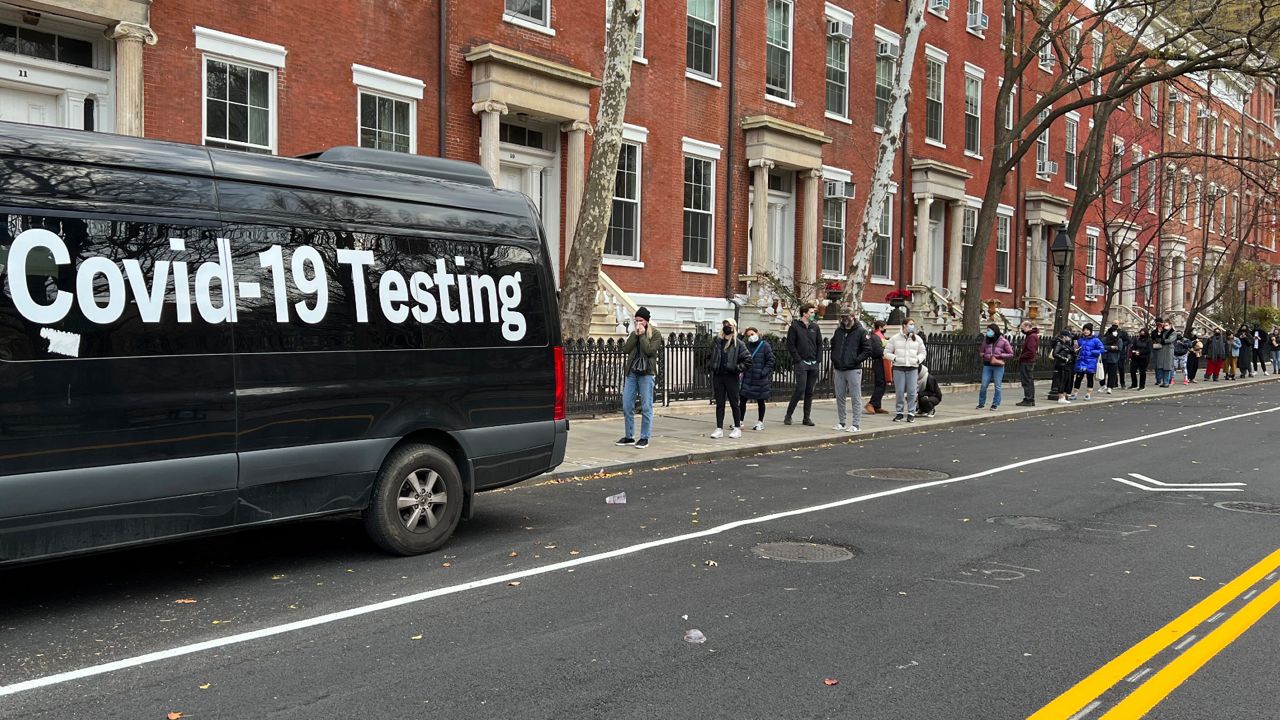Mayor Bill de Blasio admitted defeat at a news conference Wednesday on a key goal of the city’s COVID-19 recovery: He acknowledged that the city will not hit 5 million fully vaccinated people by the end of this month.
“It’s gonna be very very tough at this point to hit 5 million by the end of June,” de Blasio said, laying the blame with the federal government for briefly withdrawing use of the Johnson & Johnson one-shot vaccine over safety concerns.
De Blasio, city health leaders and other experts have credited the city’s vaccination effort with driving down key indicators of the coronavirus’ spread in the city, such as hospitalization rate, new cases, deaths and the rate of positive COVID-19 tests.
Last week, the city saw its lowest measured positivity rate for COVID-19 tests to date, at 0.83% on a rolling seven-day average -- a number that has continued to drop, to 0.71% Wednesday, de Blasio said.
Yet this COVID-19 indicator has slowed its decline over the past two weeks, and others have stalled, albeit at record low numbers: Hospital admissions have been mostly flat for about two weeks; reported COVID-19 cases have been at about 225 for a week.
These curves are flattening, but slowly enough to cause concern for some health experts. They suggest that the recovery from COVID-19 may be longer than expected and uneven, with neighborhoods that lag in vaccinations seeing protracted cases and deaths.
And with Dr. Anthony Fauci, director of the National Institute of Allergy and Infectious Diseases, now sounding the alarm on the highly infectious Delta variant of the coronavirus, they are worried that the virus could regain a foothold in the population.
“We’re heading absolutely in the right direction,” said David Abramson, a professor of public health at New York University who studies how populations recover from major viruses. “There does seem to be a residual number of people getting COVID that suggests that there's still a pool of virus in the community.”
Stalling indicators in New York City are mirroring a nationwide trend showing that the number of new cases is no longer declining.
Even as vaccination rates have lagged, top city health officials have voiced their confidence in the effort and the city’s health outlook, even as hopes for “herd immunity” have faded away.
About 56% of city adults are fully vaccinated, according to city data.
“We are at ‘functional immunity,’ ” Dr. Mitchell Katz, chief executive of NYC Health + Hospitals, said at the news conference Wednesday. “The way I look at it is, New York City keeps opening. And yet the number of cases is decreasing, just the opposite of what happened when New York City started to open last year.”
But to some health experts, the reopening efforts may have contributed to the stalled health indicators.
Despite ongoing concerns from health experts, however, de Blasio and Gov. Andrew Cuomo have pushed forward with ambitious reopening plans.
Cuomo on Wednesday said the state would see a “liberation” from most COVID-19 restrictions once 70% of adults in the state get at least one shot of the vaccine. Currently that number is at 69.1%.
“Had we left some minimum, easily accommodated restrictions in place, we could have had a much more rapid drop in cases and saved some lives,” said Dr. Stephanie Woolhandler, a practicing physician and a professor of urban public health at Hunter College.
Denis Nash, a professor of public health at the City University of New York, noted that COVID-19 deaths in the city have stayed between eight and 11 per day for about 10 days.
“That doesn't sound like a lot, but if that’s how it's gonna be for another six months, that's a lot of deaths,” he said.
In an emailed statement, Patrick Gallahue, a spokesperson for the city’s health department, noted that recent declines in key indicators have been “pronounced,” and that data for recent days are preliminary and subject to change.
“As long as COVID is still with us, the risk of severe illness remains, which is why the urgency of vaccination is so great,” Gallahue wrote. “We also recommend New Yorkers wear a mask indoors, especially if one is unsure of the vaccination status of others inside.”
Abramson said he is not surprised by the slowing decline in the indicators, even though it does indicate that there is continuing spread of the virus that the vaccination effort has so far not been able to stop.
“You actually expect to see this kind of flattening as we get close to the zero mark,” he said.
Abramson noted that New York City saw its most social activity since the loosened restrictions and change in mask guidance over Memorial Day weekend.
If the virus is still circulating in a significant way, he said, we should start to see an uptick in infections caused by gatherings from that weekend in the indicators soon.
“If we don't see spikes over the next week or two,” Abramson said, “that’s a pretty powerful argument that we have some very powerful suppression going on.”
------
Editor's note: An earlier version of this article stated that all COVID-19 restrictions once the state hit 70% of eligible people fully vaccinated. Most restrictions will actually be lifted once 70% of adult New Yorkers have received at least one dose of the COVID-19 vaccine.
Editor's note: An earlier version of this story misstated the name of the chief executive of NYC Health + Hospitals. It is Dr. Mitchell Katz, not Dr. Howard Katz.




